Optimal Timing for Structural Beam Repairs
Structural beam repairs are most effectively performed when signs of damage or deterioration are identified early. Timely intervention can prevent further structural issues, reduce repair costs, and ensure safety. The optimal time for repairs often coincides with periods of low occupancy or minimal construction activity, allowing for thorough assessment and work without disruption.
Cracks, sagging, or uneven floors may indicate the need for beam repairs. Regular inspections help identify issues early.
Perform repairs during dry, mild weather to ensure materials cure properly and work conditions remain safe.
Schedule repairs during periods of low occupancy to minimize disruption and ensure safety.
Coordinate repairs when necessary materials are available to avoid delays.

Visual and technical inspections help detect early signs of damage.
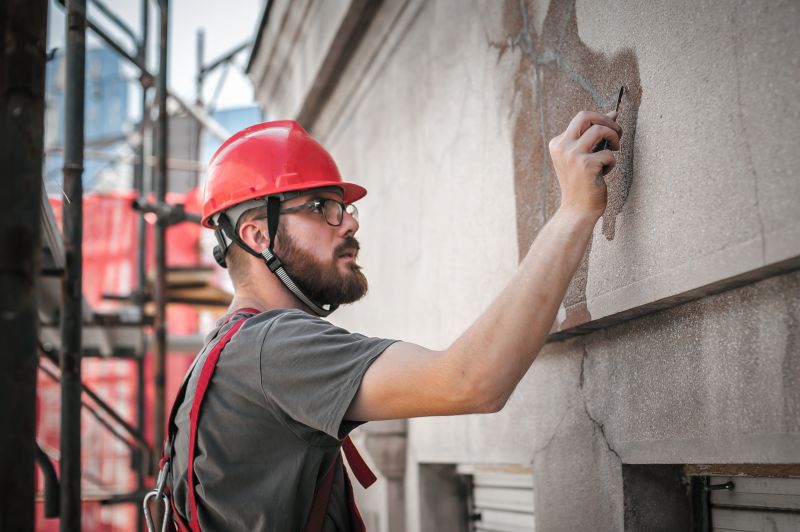
Properly timed repairs ensure minimal disruption to building occupants.

Reinforcing beams after damage assessment restores structural integrity.

Optimal weather conditions facilitate effective repairs.
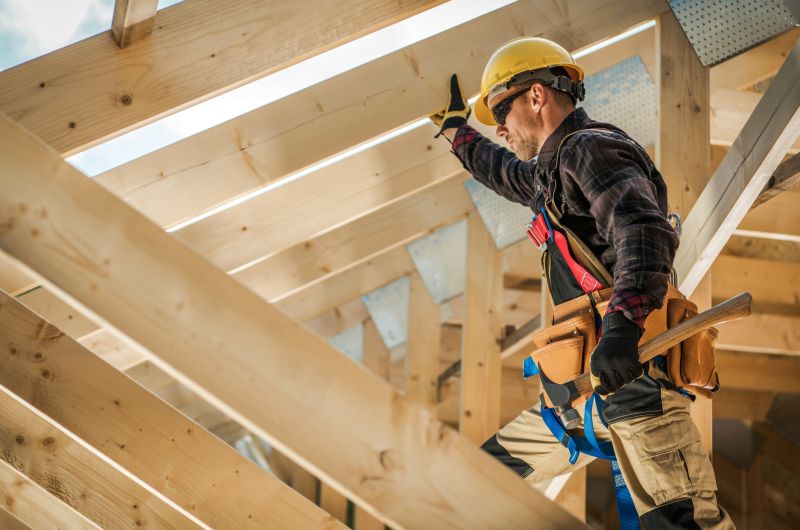
Timely delivery of materials supports scheduled repair timelines.
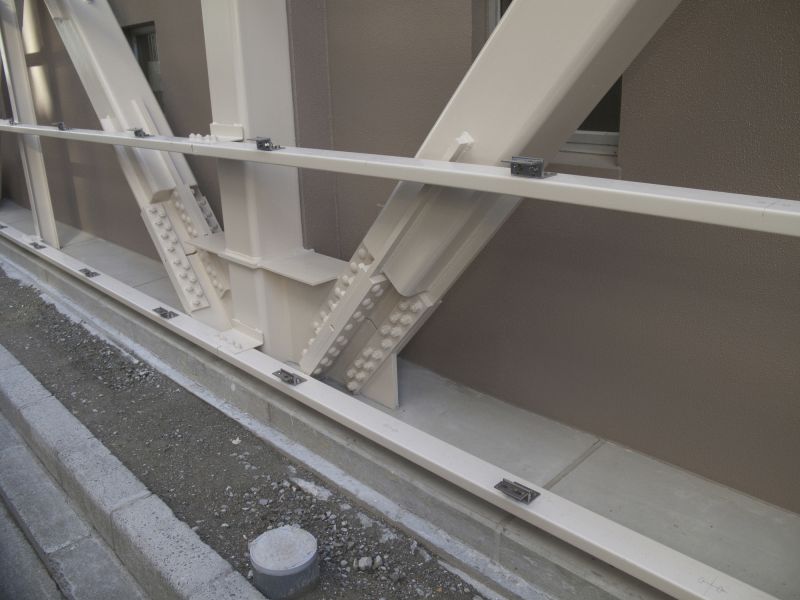
Assessing beams after storms or earthquakes ensures safety.
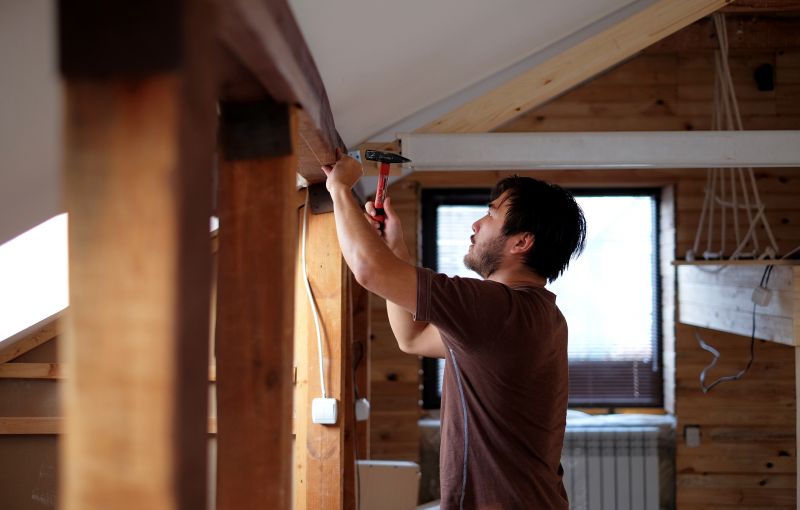
Scheduling during low occupancy reduces impact on building use.
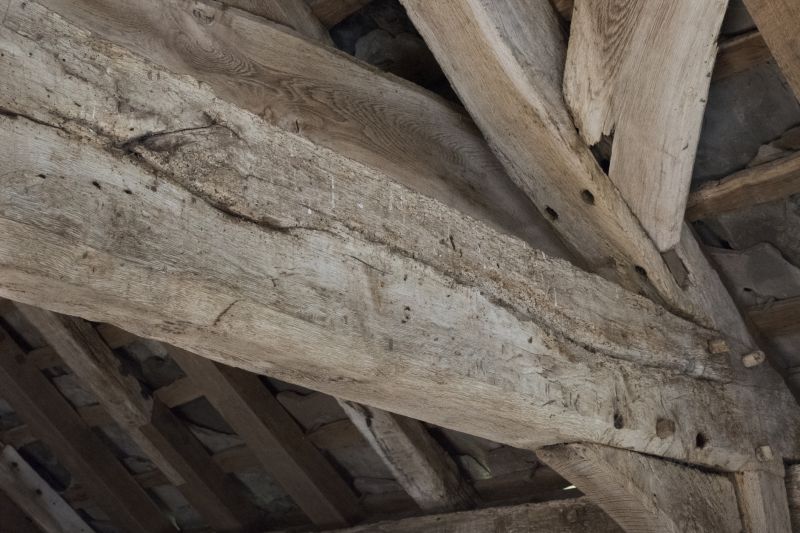
Proper planning ensures repairs are completed efficiently and effectively.

Implementing safety protocols protects workers and occupants.
| Factor | Optimal Timing |
|---|---|
| Signs of Damage | Early detection and repair |
| Weather Conditions | Dry, mild weather |
| Occupancy Levels | During low occupancy periods |
| Material Availability | When materials are accessible |
| Post-Event Inspection | After storms or seismic activity |
| Building Usage Schedule | During planned downtimes |
| Structural Assessment | Immediately after damage signs |
| Construction Season | Off-peak seasons |
Structural beam repairs are vital for maintaining the safety and stability of buildings. Timely repairs can prevent minor issues from escalating into major structural failures. Advances in repair techniques and materials have improved the durability and effectiveness of interventions, making early repairs a cost-effective choice. Regular inspections and understanding the optimal timing for repairs are essential components of effective structural maintenance.
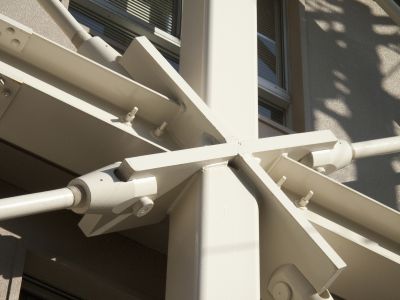
Adding reinforcement during optimal times restores strength effectively.
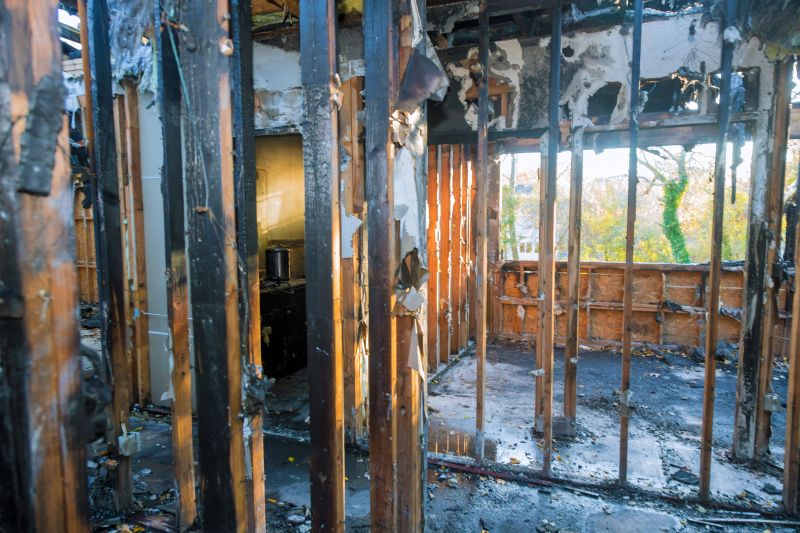
Post-incident evaluations determine repair needs and timing.
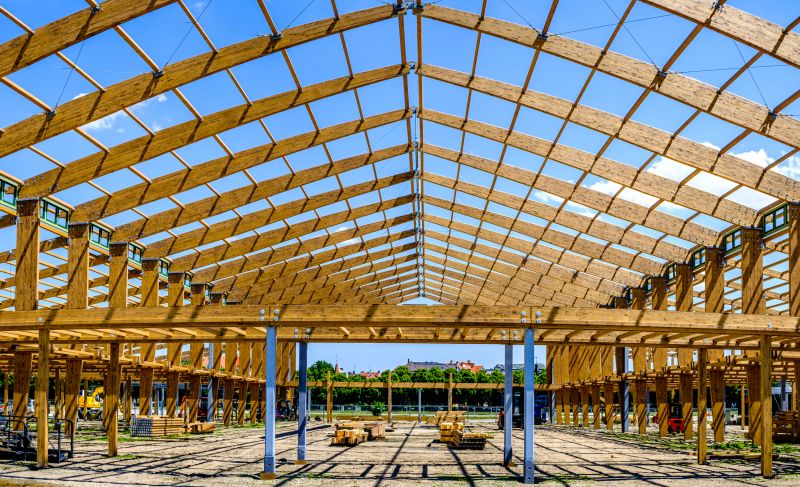
Scheduling repairs during off-peak seasons minimizes disruption.

Ensures repairs meet safety and quality standards.

Ways to make Structural Beam Repairs work in tight or awkward layouts.

Popular materials for Structural Beam Repairs and why they hold up over time.
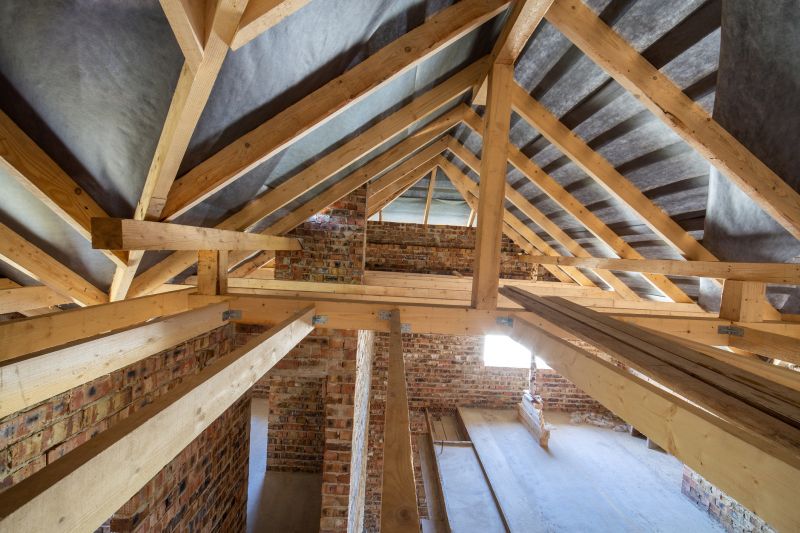
Simple add-ons that improve Structural Beam Repairs without blowing the budget.
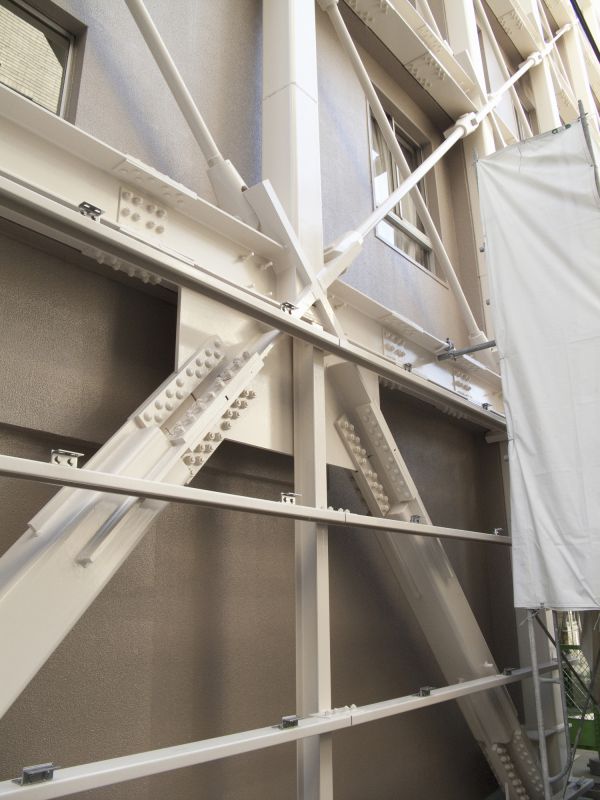
High-end options that actually feel worth it for Structural Beam Repairs.
Interested parties are encouraged to contact for more information or to discuss specific structural repair needs. Proper timing and planning are crucial for effective repairs, ensuring long-term safety and stability of the structure.



